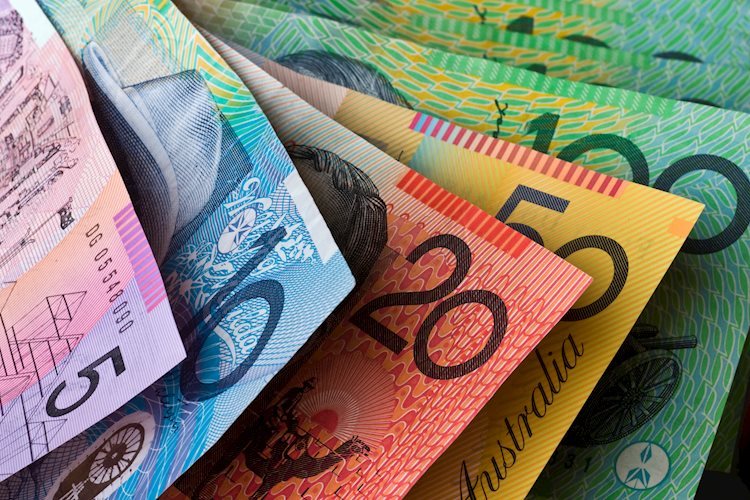Australian Dollar continues to rise as the US Dollar falls for the second consecutive day. In November, Australia’s consumer sentiment declined by 2.6%, following a previous growth of 2.9%. The greenback weakened due to the decline in US bond yields, leading to the Australian Dollar (AUD) extending gains for the second day in a row. The AUD/USD pair received support as the US Dollar weakened on downbeat US Treasury yields. Additionally, Australia’s Westpac Consumer Confidence revealed a substantial decline in consumer sentiment in November, potentially undermining the Aussie Dollar (AUD). The AUD was also under pressure following a dovish statement from the Reserve Bank of Australia (RBA) in its last meeting, highlighting a challenging economic picture in its Monetary Policy Statement (MPS) and emphasizing the need for tighter policy to address elevated inflation.
The US Dollar Index (DXY) faced a second consecutive day of decline, influenced by lower US Treasury yields, with the market awaiting the upcoming US inflation data set to be released on Tuesday. Projections suggest that the Consumer Price Index (CPI) will rise at a slower pace in October. The data could solidify the market’s belief that the Federal Reserve (Fed) has concluded its interest rate hikes.
Market Movers: Australian Dollar maintains its position with a decline in consumer sentiment and a dovish RBA statement. The RBA acknowledged challenges stemming from persistent inflationary pressures and a sluggish economy, while raising forecasts for both inflation and GDP growth. Additionally, the upcoming US-Sino Presidential meeting between US President Joe Biden and Chinese President Xi Jinping could impact market sentiment.
Technical Analysis: The Australian Dollar remains above 0.6350, with the barrier at the 14-day EMA. The AUD/USD pair trades higher near 0.6380, with the 14-day Exponential Moving Average (EMA) at 0.6389 as the initial resistance. The major support level is at 0.6350, followed by the three-week low at 0.6314.
Daily Price Changes: The percentage change of the Australian Dollar (AUD) against major currencies is shown in the table, with AUD strengthening against the Swiss Franc.
Australian Dollar FAQs: The Australian Dollar (AUD) is influenced by factors such as interest rates set by the Reserve Bank of Australia (RBA), the price of its biggest export, Iron Ore, the health of the Chinese economy, inflation, growth rate, Trade Balance, and market sentiment.
Overall, the Australian Dollar continues to rise against the US Dollar, influenced by economic data and central bank statements, with market sentiment and upcoming events also playing a role.
